Twilight Sleep
(2009 - 2010)
“Angelika Sher’s new photographs read for me as a symbolic coded text. In most of them, the object appears to be a signifier. As in a dreaming state, the photograph does not focus on the horse, nor on a table set for a feast. The set of symbols follows the duality of the ritual and the quotidian, the sacred and the profane, beauty andrevulsion. Strangely, when I investigate the photographs I can’t help recalling the Flemish tradition of Vanitas paintings. The highly symbolic memento mori motif, encompassing both death and purity, is central to this genre. At the same time, there’s a sense that Sher is creating a whole different syntax – less specific, deceptive, dialectic. Birth and death are not dichotomous; they dwell together and echo each other. The photograph of the white horse exudes sublime nobility, but its surprising locus – a common stable – brings it back from holiness to mundane, from high to low.”
Yair Barak
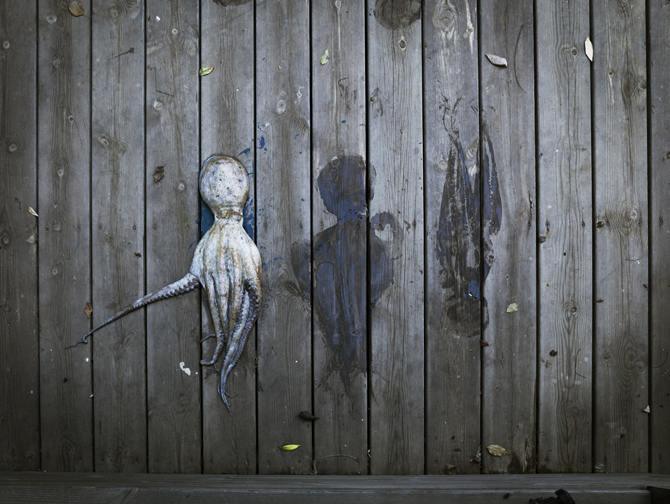
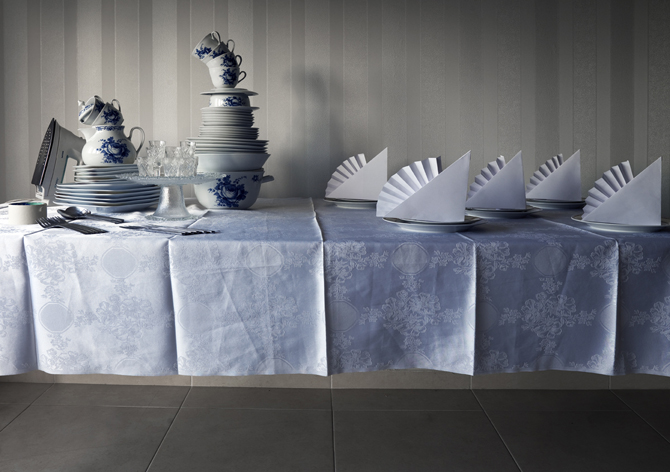


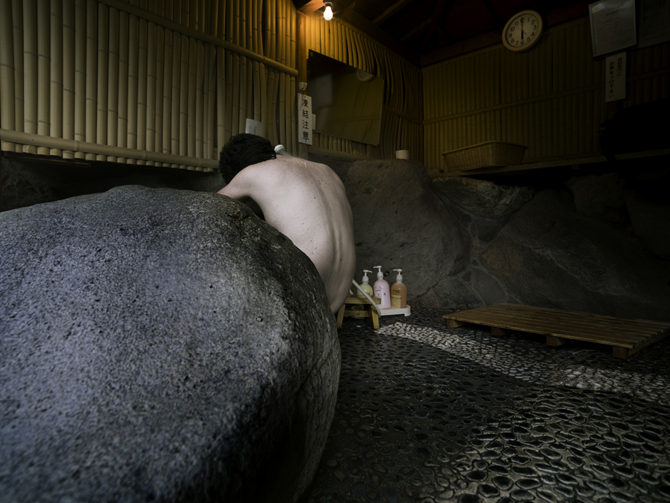


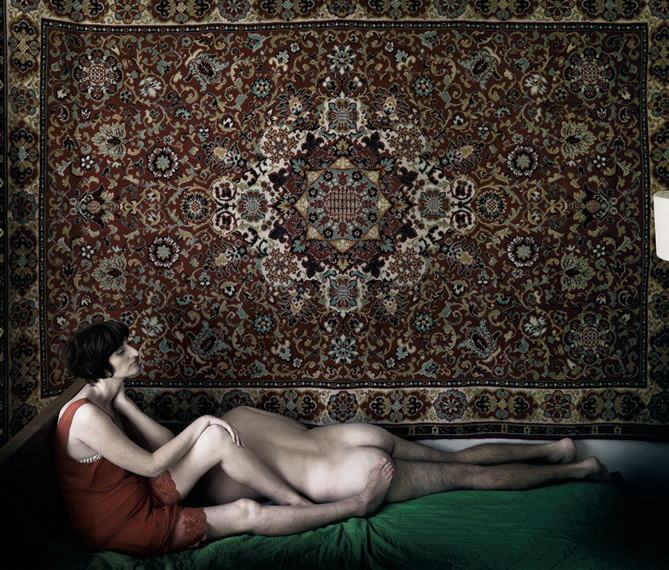
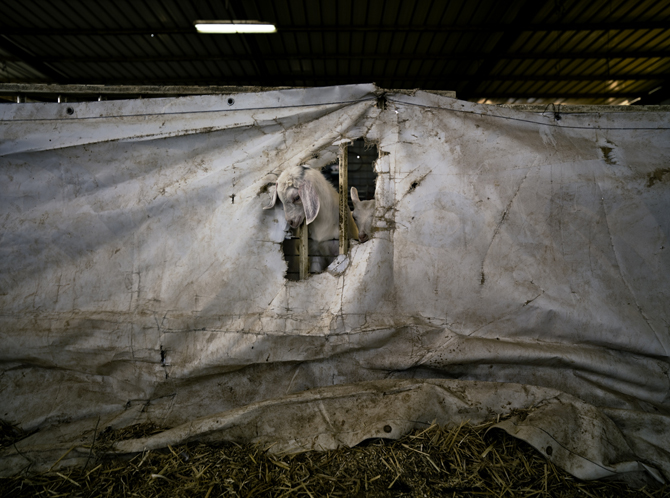
Twilight Sleep
Angelika Sher’s new photographs read for me as a symbolic coded text.
In most of them, the object appears to be a signifier. As in a dreaming state, the photograph does not focus on the horse, nor on a table set for a feast. The set of symbols follows the duality of the ritual and the quotidian, the sacred and the profane, beauty and revulsion.
Strangely, when I investigate the photographs I can’t help recalling the Flemish tradition of Vanitas paintings. The highly symbolic memento mori motif, encompassing both death and purity, is central to this genre. At the same time, there’s a sense that Sher is creating a whole different syntax – less specific, deceptive, dialectic. Birth and death are not dichotomous; they dwell together and echo each other. The photograph of the white horse exudes sublime nobility, but its surprising locus – a common stable – brings it back from holiness to mundane, from high to low.
I’m thinking of a famous quote of Caravaggio’s, who, according to the story, said to a student who had failed to draw a horse: “Don’t try to draw a horse – try for horseness.” Here too representation is contrasted with the physical object.
The Duality in Sher’s work reaches a climax in two photographs: One, a portrait of an old woman, expresses extreme artificiality, bordering on horror. The excessive make-up, the surgically sculpted face, the theatrical gesture, all combine to subvert the natural and turn the body into a death mask.
Similarly, the cat, wrinkled due to other causes (it’s a young cat; the wrinkles are no indication of age), stands out in its static pose – being a statue. Its beauty is implied by its noble pedigree, but actually it is amazingly ugly. It lacks expression. An incarnation of a sphinx, its face is sealed. It looks like a stuffed animal.
The eastern European-looking feast table conceals a deception. The pseudo-Russian dishes are actually pseudo-Dutch, but in fact are manufactured in China. Sher folds the napkins the way she remembers from her Grandmother’s house. The precise arrangement, heralding the feast, becomes, in its sterility, funereal.
The sheep and the young goat hold a central role in this body of work. The immediate connotation is religious, of a sacrifice, but very soon the image of the one against many takes over. The sheep are a herd, a collective. The baby goat, breaking out from a sheet of fabric, appears to be in the process of being born. The grey tarpaulin tears apart and allows the emerging of the individual, the pure one.
Purification is the dominant theme also in the bath-house work. A naked man sits, wrapped up in himself, his face hidden. A ritual immersion is suggested here, an act of cleansing.
The symbolic content, the iconographic references, the sense of visual tradition – all coalesce into a sharp, crisp, extremely realistic photographic visibility, creating a poignant encounter between historical pictorialism and contemporary photography.
Yair Barak